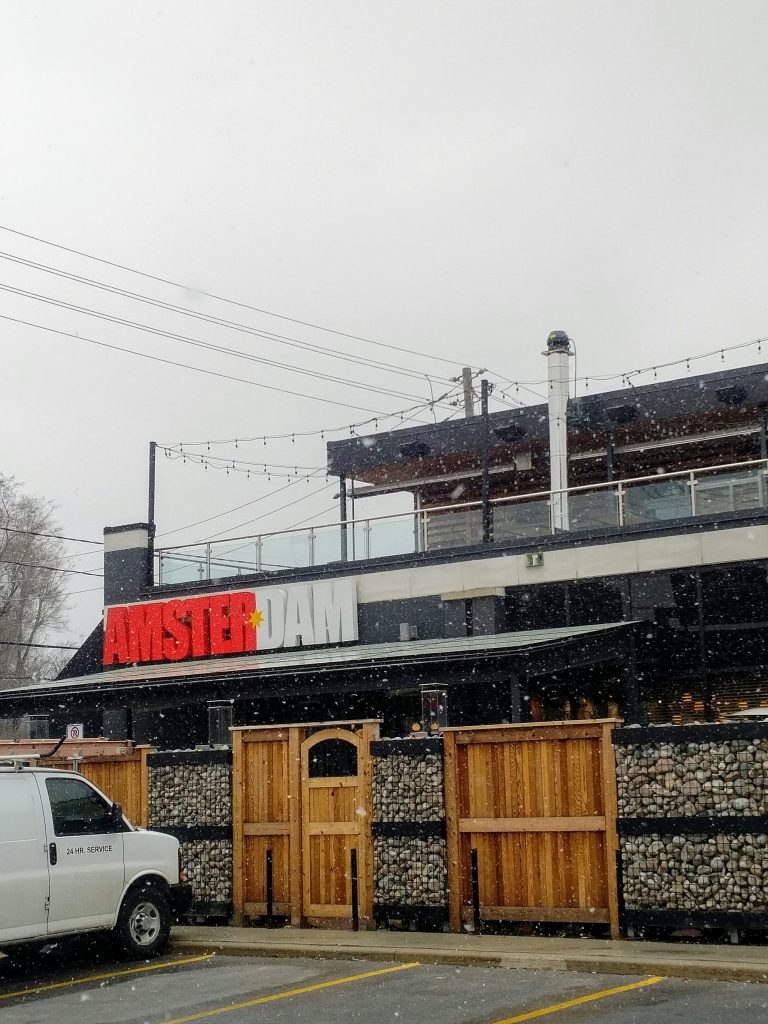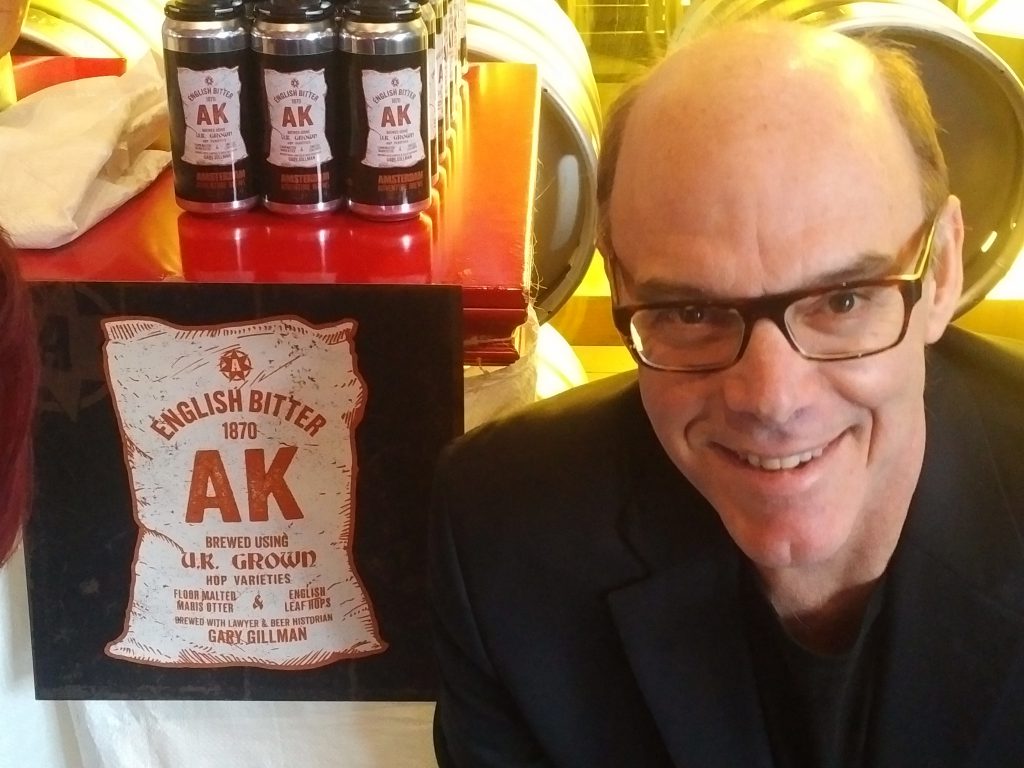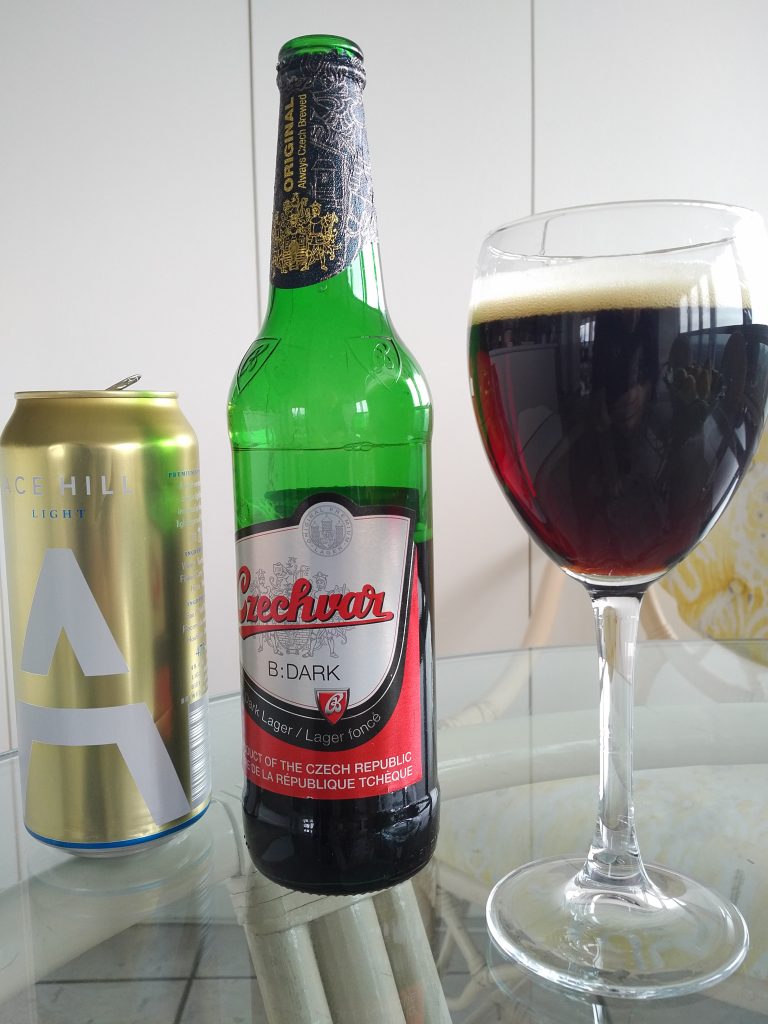The great brewing name of Whitbread survives today, but as a different business from its origins. Today, the company, a listed concern based in London, focuses on hotels (Premier Inns), coffee shops (Costa), and a range of branded restaurants and a few family-style pubs.
Brewing was sold off in 2001 to what is now Anheuser Busch InBev. Whitbread sold its once-vaunted pub portfolio as well but kept its beer brands. If any beers still bear the name in Britain they are produced under licence by other breweries.
(For a clear account of how most of the major brewers of Britain after WW II spun-off their plants and pub estates, see this 2005 article in Brewery History by Pat Saunders).
But until the early 2000s the name Whitbread meant beer and brewing prowess and an extensive pub network in England – for many it still does.
We write this post for those “many”.
Whitbread issued or sponsored a number of company histories over its long existence, which began with Samuel Whitbread and two partners in 1742.
Earlier, we had an off-and-on series discussing brewery and distillery company histories. We’ll return to the subject today to consider the one issued by Whitbread Brewery in 1935. (The publication date is not stated in the book but various factors point to it).
In this period, Whitbread was still a potent force in brewing albeit the porter that powered the company’s rise was largely replaced by other types of beer.
As for businesses anywhere in any period, they like to keep in touch with their customers, and breweries especially given their intimate link with the consuming public.
The book in question was probably sold at the shop on exit from a tour at Chiswell Street, London or given to pub landlords, suppliers of materials, and other trade connections.
What is the equivalent today? Probably glossy pdfs linked to company websites or in their Facebook pages. Facebook itself serves as a kind of ongoing “story” for many companies, Instagram too.
The business “story” of our time – as in “we tell our story” – existed no less in a former day, but in less continuous form.
You can read Whitbread’s Stanley Baldwin-era story, Whitbread’s Brewery, here, stored in University of Glasgow archives. As for most analogous accounts it used good paper and included well-chosen photo- and other illustrations.
Still, a “luxe” tone was avoided, appropriately as the Depression was still operative and these histories were written mostly for a non-technical audience. They tended to balance technical discussion (unavoidable) with a layman’s perspective, Whitbread’s book no less.
The tone is even, “quiet” yet assured: a typical example of English public writing in this period. One may contrast it with the brash American commercial style of the late 1800s, or the chatty-technocrat business prose of the 1950s-1960s.
We like especially Whitbread’s three pages on the Royal Visit by King George and Queen Charlotte in 1787, with three Princesses in tow.
Royalty had visited business works before, but this visit was a landmark in the evolution of capitalist enterprise and its relation to aristocracy and the landed estates. One sees the seeds of the current busy public program of the Royal Family.
Here is part of the account, itself excerpted from contemporary (1787) newspaper coverage:
The cooperage was looked at from an adjoining room; and it was at this window, looking into the street, that the people without, who by this time had gathered into a great crowd, first seeing the King, gave breath to their loyalty, and repeatedly huzzaed. The Queen, whose worth, were it her sensibility alone, would be beyond our praise, paid the people with a tear!
In all that related to the Brewery, and the passages through them —all that was necessary, was done; but, very properly, nothing more. Matting covered the way that was dirty—lamps lighted where had been dark.
When everything was seen, the walk ended in the house. Their Majesties were led to a cold collation, as magnificent as afluence and arrangement could make it. The whole service was plate. There was every wine in the world. And there was also that, without which the board had been incomplete, some PORTER, poured from a bottle that was very large, but, as may be thought, with better singularities than the mere size to recommend it. As there was no want of anything else, there was no want of appetite.
The Duchess of Ancaster and Iady Harcourt sat at the table as well as the Princesses; but the Duke of Montagu and Iord Aylesbury finding in another room a second banquet, scarcely less sumptuous than the former—prepared for their attendants, had there been any—very heartily boarded there, that it might not seem so much good cheer had been thrown away.
This being done, it became two o’clock; when the King and Queen, not more than completely satisfied with the wonder of the works, than the good sense and elegance with which they had been shewn, took leave of Mr. Whitbread and his daughter, and returned to Buckingham House.
Note the Georgian precision of language and cadence; the sentences almost dance with each other. Yet all is informative and concise, sometimes amusing. This is the obverse of today’s emotive, feverish/confessional style, but this is now, eh?
Returning to the 1930s, the pages on cooperage note the importance of Memel oak to build or repair the company’s casks, a topic I discussed recently. Good images of the casks are shown.
It is noted the work was conducted in a former porter “vat”. This could mean simply a surface area where one of the huge wood vats had stood, or perhaps a sub-floor where a large cistern once held porter.
So what were the “singularities” of the upper case – upper caste – porter served to Royal personages? One can only speculate. Perhaps it was an unusually good blend, or a particularly aged porter from the huge cisterns and vats.
Porter was made then (we know) from all-brown malt, malt that despite toasting in the kiln would convert to fermentable sugar. It was often not more than 10-15% less the equivalent weight of pale malt, so pretty good mashable stuff, with diastase intact (or enough) to produce the essential maltose for fermentation.
The porter was probably a touch phenolic without (we think) being a Bamberg forest fire in the mouth. It was probably a little fruity from yeast esters, and surely quite bitter from hops. One may see the impressive hop pockets, or elongated sacks, used in the Thirties in the book. They probably looked quite similar in George III’s time.
A porter royal for a visit no less noble. British royalty survived into the period the book was written, and endures today.
What do Princes Harry and William drink, I wonder? If they drink at all that is, I’d be nonplussed if they don’t.* Some kind of lager, probably, or any kind. Remember, aristos aren’t known for connoisseurship, that’s more a middle class or academic preoccupation.
So-called Sloanes, certainly not immune to being drunk on royalty, will drink any kind of beer, said Sloane Ranger Handbook (1982). I read the book on an airplane once, someone in the seat before me had left it. An interesting book, and I never forgot that little bit on beer.
True, “wine merchant” was among the traditional occupations of this class, the book made that clear too, but not the customers really; that was the point of the discussion and it makes sense I think.
I like Prince Harry, and am very impressed with his Invictus work. It takes conviction, courage, and good values to do that, not to mention a suitable personality, and he does it well. Few causes are more worthy.
When he gets marries I’ll raise a personal toast, in singular porter. Canadian porter though, Hazz.
Note re images: the first image above was sourced from the excellent U.K.-based Gracie’s Guide site, here. The second image was sourced from the Wikipedia entry on Whitbread, here. Images are used for educational and historical purposes. All intellectual property in said images belongs solely to their lawful owner, as applicable. All feedback welcomed.
…………………………………….
*Nonplussed is used in its North American sense.















